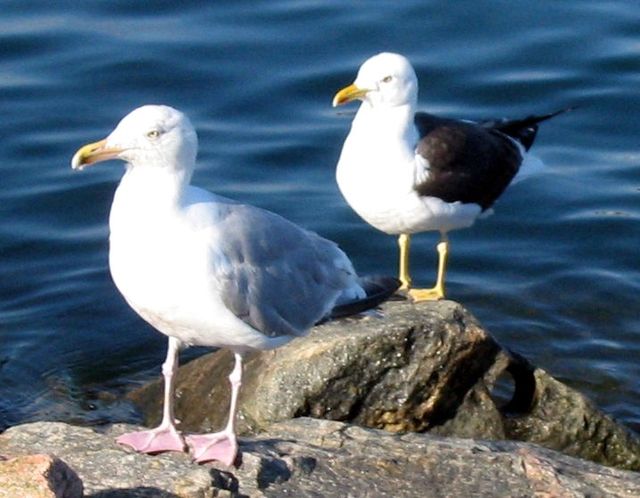Robert Cyril Stebbins was an American herpetologist and illustrator known for his field guides and popular books as well as his studies of reptiles and amphibians. His Field Guide to Western Reptiles and Amphibians, first published in 1966, is still considered the definitive reference of its kind, owing to both the quality of the illustrations and the comprehensiveness of the text. A professor of zoology at the University of California, Berkeley, for over 30 years, he was the first curator of herpetology at the Museum of Vertebrate Zoology, a 1949 Guggenheim fellow, and author of over 70 scientific articles. His discovery of the ring species phenomenon in Ensatina salamanders is now a textbook example of speciation, and he performed extensive research on the parietal eye of reptiles. He produced nature films, supported science education in primary grades, and organized conservation efforts that aided in the passing of the 1994 California Desert Protection Act. After retirement he continued to paint, collect field notes, and write books. Stebbins is commemorated in the scientific names of three species: Batrachoseps stebbinsi, the Tehachapi slender salamander; Anniella stebbinsi, a legless lizard; and Ambystoma tigrinum stebbinsi, the endangered Sonora tiger salamander.

Stebbins in his studio, 2004
A Coachella Valley fringe-toed lizard, subject of much of Stebbins' graduate research
The various forms of Ensatina constitute a ring around the Central Valley: adjacent forms interbreed throughout the ring except at the southern end, where two forms behave as separate species.
Stebbins studied thyroid and pineal function in Galápagos lava lizards
In biology, a ring species is a connected series of neighbouring populations, each of which interbreeds with closely sited related populations, but for which there exist at least two "end populations" in the series, which are too distantly related to interbreed, though there is a potential gene flow between each "linked" population and the next. Such non-breeding, though genetically connected, "end populations" may co-exist in the same region (sympatry) thus closing a "ring". The German term Rassenkreis, meaning a circle of races, is also used.
Herring gull (Larus argentatus) (front) and lesser black-backed gull (Larus fuscus) (behind) in Norway: two phenotypes with clear differences
Ensatina salamanders example of ring species





